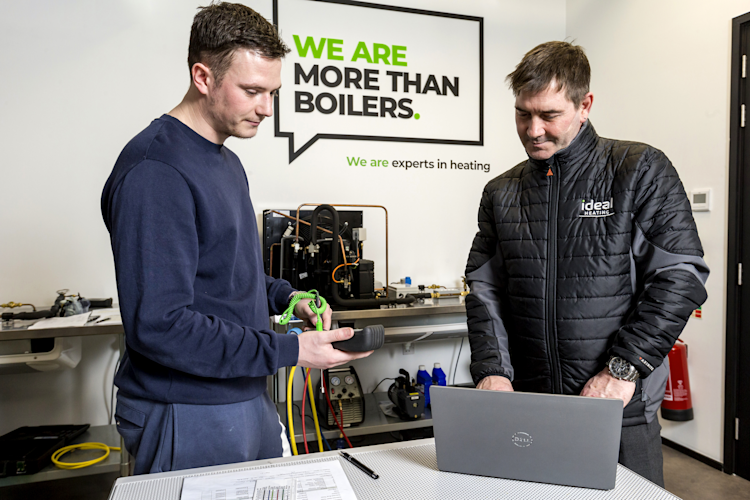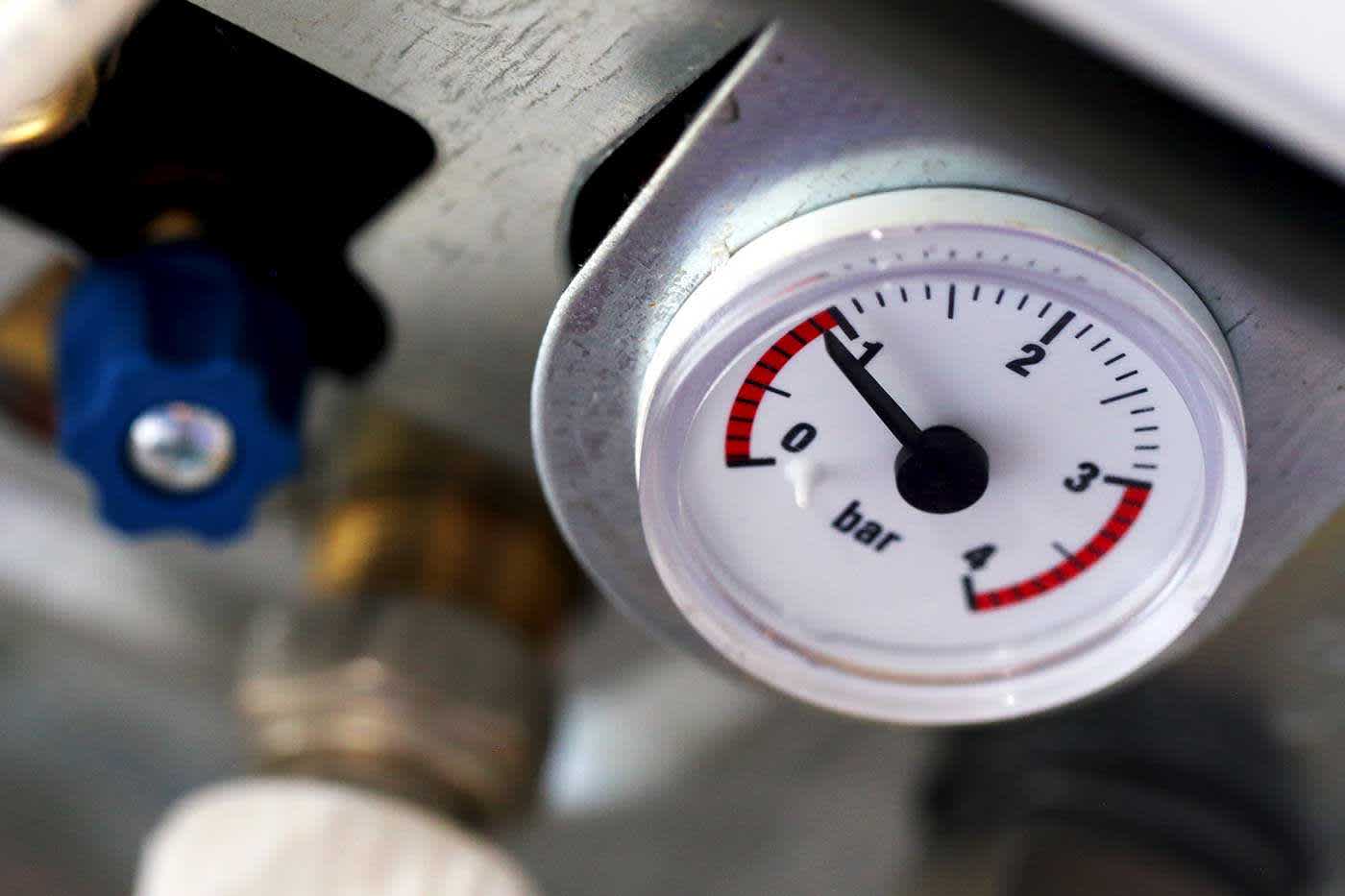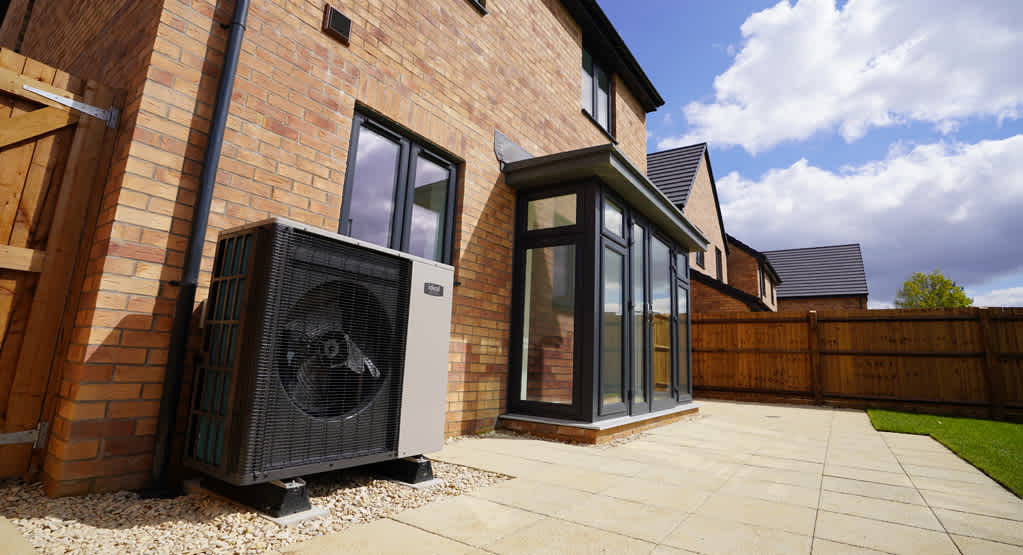
Back boiler replacement guide
It’s becoming more unusual to find a back boiler in a home, although that’s not to say they’re rare. There are still thousands of them up and down the country. Unfortunately they will now be old and inefficient as they have not been in production for decades, and pre-date the 2005 regulations on condensing boilers. More importantly, they could be dangerous due to age and lack of spares. Aesthetically, they are, let’s say, challenging, and really date the room, even if the rest of the décor is modern.
Removing and replacing your back boiler could give your home a whole new lease of life. Let’s take a look at back boilers and find out about replacing them.
What is a back boiler?
A back boiler is a boiler that sits inside the chimney breast behind a gas fire. They were invented in the 1960s and proved popular as homeowners got rid of their open coal fireplaces and replaced them with gas boilers and gas fires.
In a way, they were the perfect solution, as there’s a huge cavity where the fire once was. Since nobody was going to knock their chimney breast down, sticking a gas fire in front would mean lots of wasted space if a new boiler was placed elsewhere. Also, there was a ready-made flue in the form of the chimney.
Back boilers proved enormously popular, and were still being installed into the 1980s. However, the rise in popularity of Combi boilers and central heating from the late 1970s sealed the fate of the back boiler.
Why replace your back boiler?
There are three main reasons to replace your back boiler: safety, efficiency and aesthetics.
Safety
The best-made boilers have a lifetime of 20–30 years, so it’s inevitable that even the later back boiler installations from the 80s are now at the end of their useful lives. This is compounded by the fact that nobody is making spare parts for them anymore, so any repairs will necessarily be make-do-and-mend-jobs, which is never a good idea with gas.
Efficiency
Even working at their optimum efficiency, the best you can expect from a back boiler is about 70% efficiency. That means that only 70% of the energy you’re using will be turned into usable heat; the remaining 30% is literally going up the chimney. And that’s the best case scenario, with 1980s technology in place. It could be much worse than that. A modern condensing Combi boiler routinely gets 92% efficiency – in fact, they are legally required to. That’s better for the environment – and your pocket. There’s simply no such thing as a condensing back boiler.
Aesthetics
Let’s face it, gas fires from the 60s, 70s and 80s are not exactly pretty. They are relics of their age, and will instantly age any room or a home that they are installed in. Think wood veneer against chrome or, if you’re lucky, gold-effect metalwork. Unfortunately, they are part and parcel of the back boiler. If you keep one, you’ve got to keep the other, unless you want a boiler in your living room.
Removing the outdated gas fire and back boiler opens up some real potential. You could install a new, modern gas fire, with a living flame, put in a wood burner, or simply open up the fireplace to use as a feature. Why not return it to its Victorian splendour if you live in an 1800s home?
Does the boiler need to be removed?
If you’re getting rid of your gas fire and simply bricking up and plastering the chimney breast, you’ll almost certainly have to remove the old back boiler and cap off the gas pipe. Leaving an old boiler in place and relying on its aging and corroding valves to stop gas leaks is a recipe for disaster.
If the unit is entirely isolated from the gas, water and electric supplies, and removing it from its setting would cause structural damage, it might be OK to leave it in place. As we said earlier, though, you’d be leaving quite a large area of your room as wasted space, as the chimney breast would effectively be doing nothing. It’s much better to remove the old boiler and think of a better use for the space.
Replacing your back boiler
As back boilers came before Combi boilers, they feed a hot water cylinder like a modern System boiler or Heat only boiler (almost certainly the latter). So if you’re replacing your back boiler with a modern boiler, you have two choices: keep the existing system or switch to a Combi setup.
There are pros and cons to each type, depending on the size of your household and how many people use hot water at the same time. Have a look at our guide if you’re deciding which one to install. The simplest switch might appear to be to keep the same system, but remember that unless you’re having your new boiler in the same place, the whole network of pipes and power supply will need to be changed, so it will never be as quick as a simple swap. Modern boilers need to be installed on an outside wall, whereas fireplaces in terraced or semi-detached houses typically back onto the neighbouring home. You might have no choice but to relocate the boiler.
Treat the removal of your back boiler as the chance to start afresh with a new system that best suits your home and how you and your family use hot water. If you don’t think you need a System or Heat only boiler, it’s a great opportunity to get a small, efficient Combi boiler and free up the space not only of the fireplace but also the cylinder and feed tanks.
This all might seem like a big job, but in reality, it will probably mean just a few days of domestic upheaval, and then you can start living in a safe, efficient, warm and stylish home.


















